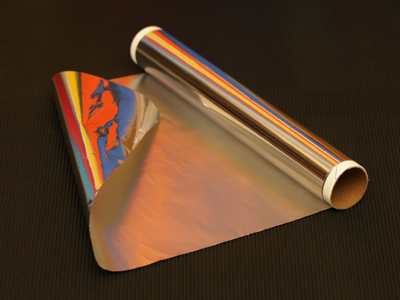
Radioactivity - Atoms and Radiation
This Physics quiz is called 'Radioactivity - Atoms and Radiation' and it has been written by teachers to help you if you are studying the subject at senior high school. Playing educational quizzes is one of the most efficienct ways to learn if you are in the 11th or 12th grade - aged 16 to 18.
It costs only $12.50 per month to play this quiz and over 3,500 others that help you with your school work. You can subscribe on the page at Join Us
Radioactive substances emit radiation from the nuclei of their atoms all the time, this is called radioactive decay. These nuclear radiations can be very useful but may also be very dangerous. At the surface of the Earth, there is a constant background radiation which comes from a variety of sources, including gasses in the air, radioactive substances in the rocks, fallout from nuclear explosions and accidents at nuclear power stations, and also from space (cosmic radiation and radiation from the Sun).
Ready for more?
not all...
quizzers. Try to win a coveted spot on our Hall of Fame Page.







